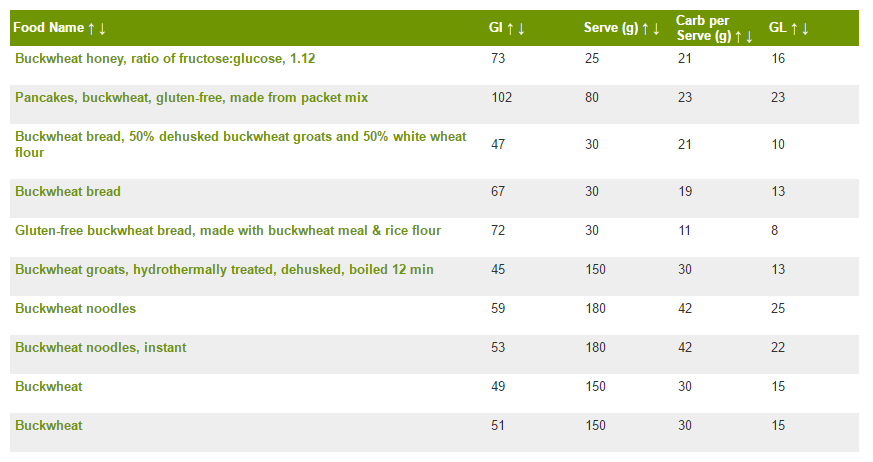 Glycemic Index Foods | Buckwheat for your health
Glycemic Index Foods | Buckwheat for your healthNutritionComprefón 101: Nutritional data and health benefitsBubble wheat belongs to a group of foods commonly called pseudocereals. Seudocereals are seeds that are consumed as cereals but do not grow in herbs. Other common pseudocereals include quinoa and amaranth. Despite its name, wheat is not related to wheat and is therefore gluten free. It is used in wheat tea or processed in groats, flour and noodles. Farmers, used in the same way as rice, are the main ingredient in many traditional European and Asian dishes. The buckle has become popular as a health food due to its high mineral and antioxidant content. Your benefits may include better blood sugar control. Two types of alpine wheat, common alpine wheat (Fagopyrum esculentum) and tart alpine wheat (Fagopyrum tarricum), are the most cultivated for food. Wheat is harvested mainly in the northern hemisphere, especially in Russia, Kazakhstan, China and Central and Eastern Europe. This article tells you everything you need to know about swamp wheat. Carbohydrates are the main dietary component of sarna wheat. Protein and several minerals and antioxidants are also present. The nutritional value of wheat is considerably higher than that of many other grains. The nutritional facts for 3.5 ounces (100 grams) of raw wheat are ():CarbsBuckwheat consists mainly of , which make up about 20% of the boiled washers in weight (). They come in the form of starch, which is the main form of storage of carbohydrates in plants. The wheat of the jaw is low to medium in the glucemic index (GI) — a measure of how fast a food increases the blood sugar after a meal — and should not cause in blood sugar levels (). Some of the wheat-soluble carbohydrates, such as fagopyritol and D-chiro-inositol, have been shown to help moderate the increase in blood sugar after meals (, ).FiberBuckwheat contains a decent amount of fiber, which your body cannot digest. This nutrient is good for colon health. By weight, the fiber represents 2.7% of the boiled washers and is composed mainly of cellulose and lignin (). it concentrates on the shell, which covers the groat. The shell is kept in the dark swamp wheat flour, giving it a unique flavor (, ).Alditionally, the shell contains , which is resistant to digestion and categorized as fiber (, ).The resistant starch is fermented by intestinal bacteria in its colon. These beneficial bacteria produce short-chain fatty acids (SCFA), such as butirate. Butirato and other SCFAs serve as nutrition for cells that cover the colon, improving intestinal health and decreasing the risk of colon cancer (, , , ).ProteinThe chicken wheat contains small amounts of protein. In weight, the protein composes 3.4% of the sarro wheat tree trees (). Due to its balance, the protein in wheat is of very high quality. It is particularly rich in lysine and arginine amino acids (). However, the digestibility of these proteins is relatively low due to antinutrients such as protease inhibitors and tannins (, ).In animals, the wheat protein has proven to be effective in reducing cholesterol in the blood, suppressing the formation of bile stones and reducing the risk of colon cancer (, , , , , , ). Trigo of Buckwheat is composed mainly of carbohydrates. It also has a good amount of resistant fiber and starch, which can improve colon health. In addition, it offers small amounts of high-quality protein. Wheat is mainly composed of carbohydrates. It also has a good amount of resistant fiber and starch, which can improve colon health. In addition, it offers small amounts of high-quality protein. Wheat is richer in minerals than many common cereals, such as rice, wheat and corn (). However, wheat is not particularly high in vitamins. Of the two main varieties, the wheat will take time usually contains more nutrients than the common sarna wheat (). The most abundant minerals in the common tartar wheat are (, ): Compared to other grains, the minerals in the cooked wheat trees are particularly well absorbed. This is because wheat is relatively low in , a common mineral absorption inhibitor found in grains and seeds (). ABSTRACT Wheat is richer in minerals than many other pseudocereals and cereals. It is high in manganese, copper and magnesium but low in most vitamins. Wheat is richer in minerals than many other pseudocereals and cereals. It is high in manganese, copper and magnesium but low in most vitamins. The buckle is rich in several compounds of antioxidant plants, which are responsible for many of their health benefits. In fact, it provides more than many other grains of cereals, such as barley, oatmeal, wheat and rye (, , , ).The marsh wheat has a higher antioxidant content than the common wheat (, ). Here are some of the main compounds of wheat wheat plants (, , , , , , , , , , , , , ): the antioxidant is much richer. Its vegetable compounds include routine, quercetin, vitexine and D-chiro-inositol. Wheat is richer in antioxidants than many common cereals. Its vegetable compounds include routine, quercetin, vitexine and D-chiro-inositol. Like other pseudocereals of whole grain, wheat is linked to a number of benefits. Improved blood sugar control Over time, high blood sugar levels can lead to several chronic diseases such as type 2 diabetes. Thus, moderate the increase in blood sugar after meals is important to maintain good health. As a good source of fiber, wheat has a low at medium GI. This means that it should be safe to eat for most people with type 2 diabetes (). In fact, studies link wheat intake to the lowest blood sugar in people with diabetes (, ).This is supported by a study of rats with diabetes, in which the swamp wheat concentrate was shown by 12-19% (). This effect is believed to be due to the unique compound D-chiro-inositol. Studies indicate that this soluble carbohydrate makes the cells more sensitive to , the hormone that makes the cells absorb the blood sugar (, , , , ).In addition, some sarin wheat components seem to prevent or delay the digestion of the sugar of the table (). In general, these properties make marsh wheat a healthy choice for people with type 2 diabetes or those who want to improve their blood sugar balance. Heart HealthWheat can also promote . It has many healthy compounds for the heart, such as routine, magnesium, copper, fiber and certain proteins. Among cereals and pseudocereals, wheat is the richest source of routine, an antioxidant that can have a number of benefits (). Rubin can reduce the risk of heart disease by preventing blood clot formation and blood pressure (, , ).The heater has also been found to improve your blood lipid profile. A poor profile is a known risk factor for heart disease. A study in 850 Chinese adults links wheat intake by lowering blood pressure and improved lipid profile, including lower levels of LDL cholesterol (bad) and higher levels of HDL cholesterol (good) (good). It is believed that this effect is caused by a type of protein that binds cholesterol in its digestive system, avoiding its absorption in its bloodstream (, , , , ).Hebilla wheat can moderate blood sugar levels, making it a healthy choice for people with type 2 diabetes. In addition, you can increase your heart's health by improving your blood pressure and blood lipid profile. Buckle can moderate blood sugar levels, making it a healthy choice for people with type 2 diabetes. In addition, you can increase your heart's health by improving your blood pressure and blood lipid profile. Apart from causing allergic reactions in some people, wheat has no known adverse effects when eaten in moderation. Buckle Wheat Allergy It is more likely that a mesh wheat will develop in those who consume wheat often and in large quantities. A phenomenon known as an allergic cross-reaction makes this allergy more common in those already allergic to latex or rice (, ). Symptoms may include skin rashes, swelling, digestive discomfort and — in the most severe scenarios — severe allergic shock (). SUMMARY The consumption of tartar wheat is not associated with many adverse health effects. However, some people may be allergic. Sarre wheat consumption is not associated with many adverse health effects. However, some people may be allergic. Wheat is a pseudocereal, which is a type that does not grow in herbs, but is used similarly to other cereals. It is a good source of fiber, and rich in minerals and various plant compounds, especially the rutin. As a result, wheat consumption is linked to several health benefits, including better blood sugar control and heart health. Read this now.
RENDING: Select PageBenefits to Barley and Buckwheat? The low-glycemic index dietPosted by Silence Oct 16, 2010 TENTED Among the plethoras of weight loss strategies that abound there, the low-glycemic index diet has been reduced to another way of "guaranteing" substantial weight loss. We will unmask the mystery – is this fact or fiction? The glucemic index of a particular food refers to the speed with which sugars (carbohydrates) in which food is absorbed in our bloodstream. Technically speaking, it is defined by the incremental increase in blood sugar after the ingestion of 50 grams of a particular carbohydrate, compared to 50 g of a reference food, which is usually white bread. The white bread has been arbitrarily fixed to have a 100 Glycemic Index (GI). A low GI food has a GI of less than 55, while a high GI food has a GI of more than 70. There has been a lot of controversy about whether a low GI diet actually results in weight loss. In general, studies show that a low GI diet is NOT particularly effective, resulting in a weight loss of 2 pounds for 6-12 months, with a difference of 10-15 GI among diets. Since the low GI diets are generally also high-fiber diets, it can be the highest fiber content of the low GI diet that is responsible for any weight loss that you see, as the fiber helps keep us more full, so it results in lower caloric intake in general. For diabetics, however, the glucemic index is a very important consideration, as a low GI diet helps control the increase in blood sugar that is often seen after eating. Having said that, however, the glucemic index has its limitations, since it tells us nothing about the amount of carbohydrates, only about the quality of carbohydrate. Therefore, it is not only the glucemic index, but also the glucemic load that is important. The glucemic load is defined as the GI of a food, multiplied by the number of carbohydrates in a portion of that food, thus capturing the quality and quantity of carbohydrate intake. In other words, if you consume a low GI food (e.g., whole rice, GI=50) but a large amount of it (resulted in a high Glymical load), the amount of carbohydrates can contribute not only to a post-meal glucose increase, but also to a significant weight gain. It is therefore important to exercise control over portions to limit the glucemic load of a meal. To improve diabetes control, and to help in weight maintenance, some important tips are the following:1. Change your high-glucemic food for lower consumption foods. Examples are the exchange of white bread, pasta or rice, for coffee. Try to incorporate some interesting alternatives of carbohydrates such as pearl barley (previous image, GI=25-33), lentils (GI 21-30), or swamp wheat (GI=50-54).2. Exercise portion control to limit your glucemic load!3. Balance your food: including proteins, a small amount of fat, or a more acidic content to your food decreases the Glycemic Index of your food in general, and may decrease post-food blood sugars to up to 20%! Dr Sue Pedersen www.drsue.ca © 2010 drsuetalks@gmail.com Follow me on Twitter for additional tips and pearls! drsuepedersen Share: The author I am a doctor, a specialist in Endocrinology " Metabolism, and a diploma from the American Board of Obesity Medicine. After completing my endocrinologist training in 2005 at the University of Calgary, I worked at Calgary, at the Royal University Hospital in Saskatchewan, and at the University of Copenhagen in Denmark. I have a clinical practice in C-ENDO Diabetes and Endocrinology Clinic in Calgary, taking care of patients with diabetes, obesity, thyroid and other hormonal problems. Related Publications 26 September 201513 May 2016 3 June 2018 8 May 2010 Subscribe to my newsletter Dr. Sue Pedersen I am a doctor, specialist in Endocrinology " Metabolism, and a diploma from the American Board of Obesitary Medicine. After completing my endocrinologist training in 2005 at the University of Calgary, I worked at Calgary, at the Royal University Hospital in Saskatchewan, and at the University of Copenhagen in Denmark. I have a clinical practice in C-ENDO Diabetes and Endocrinology Clinic in Calgary, taking care of patients with diabetes, obesity, thyroid and other hormonal problems. I'm also involved in clinical research on diabetes and obesity. I am a member of the Committee of Experts for the Canadian Diabetes Guidelines 2018, and author of the next Canadian Obesity Guidelines. I am passionate, enthusiastic and driven to help conquer stigma against obesity; educate health professionals and the public about obesity, diabetes and healthy life; and to help us become a healthier society! Pageviews Thank you for visiting my website. Categories Recent PostsArchivesFile Follow us on TwitterStart DISCLAIMER Any medical discussion on this page is intended to be of a general nature only. This page is not designed to give specific medical advice. If you have a medical problem you should consult your own doctor for specific advice to your own situation. The messages on this blog represent Dr. Dr. Sue Pedersen. They are neither representative nor endorsed by the Calgary Health Region, nor by the University of Copenhagen. This site is intended for the general public, as well as allied health professionals. Look at us. Copyright Designated brands and brands are the property of their respective owners. Design and Hosting Web TENIDO

5 Reasons Sprouted Buckwheat = The Best Gluten Free Granola – Lil Bucks/buckwheat_annotated-3105354a57d34e09aa45bc1db99c6575.jpg)
Buckwheat Nutrition Facts and Health Benefits
Glycemic Index (GI) of Grains | Grains & Legumes Nutrition Council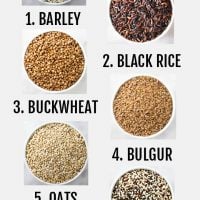
7 Healthy Low Glycemic Whole Grains You Should Try | MariaUshakova.com
Buckwheat | Buckwheat for your health
5 Reasons Sprouted Buckwheat = The Best Gluten Free Granola – Lil Bucks
Glycemic Index and Glycemic Load.jpg)
Glycemic Index of buckwheat is 55, Is buckwheat good for Diabetics, Weight Loss | Tarladalal.com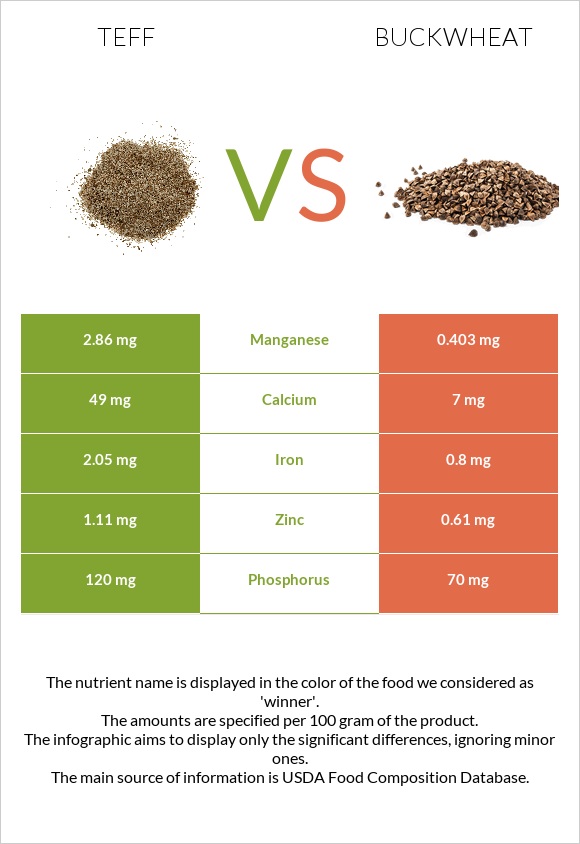
Teff vs Buckwheat - In-Depth Nutrition Comparison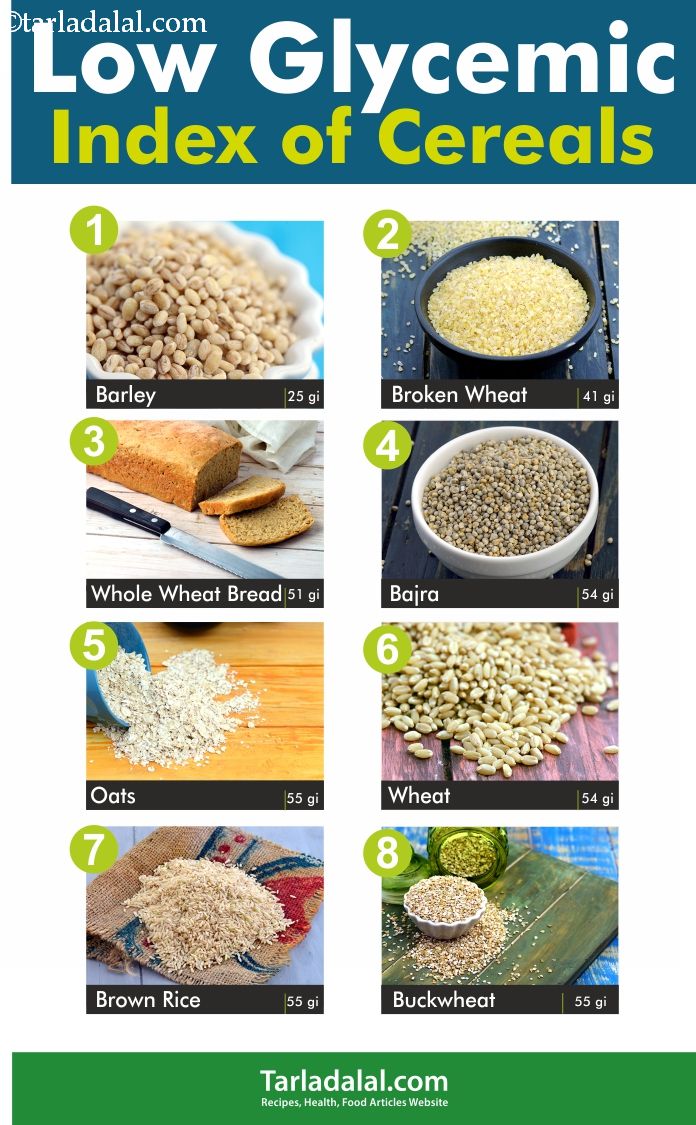
List of Low GI Indian Veg Foods| TarlaDalal.com
Pin on Hyperglycemia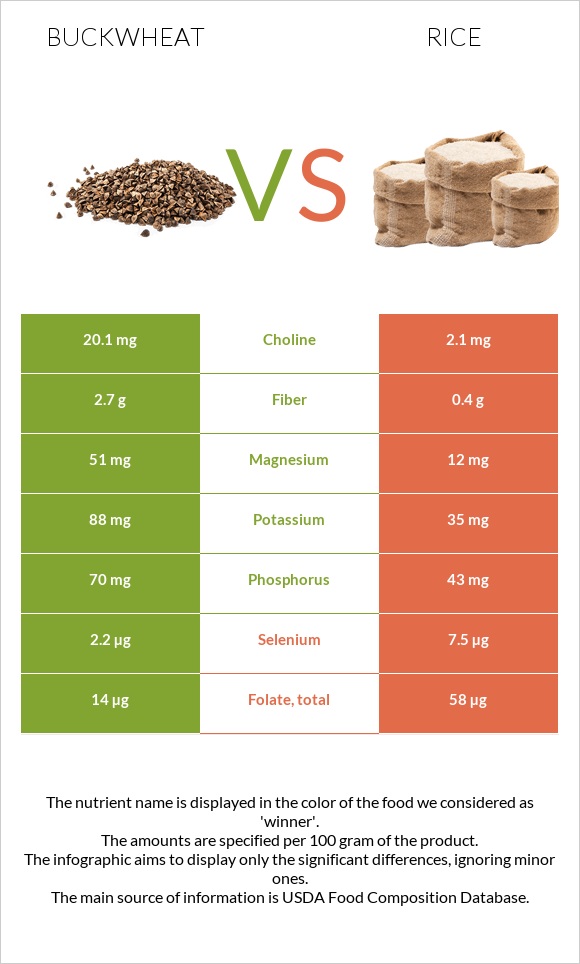
Buckwheat vs Rice - In-Depth Nutrition Comparison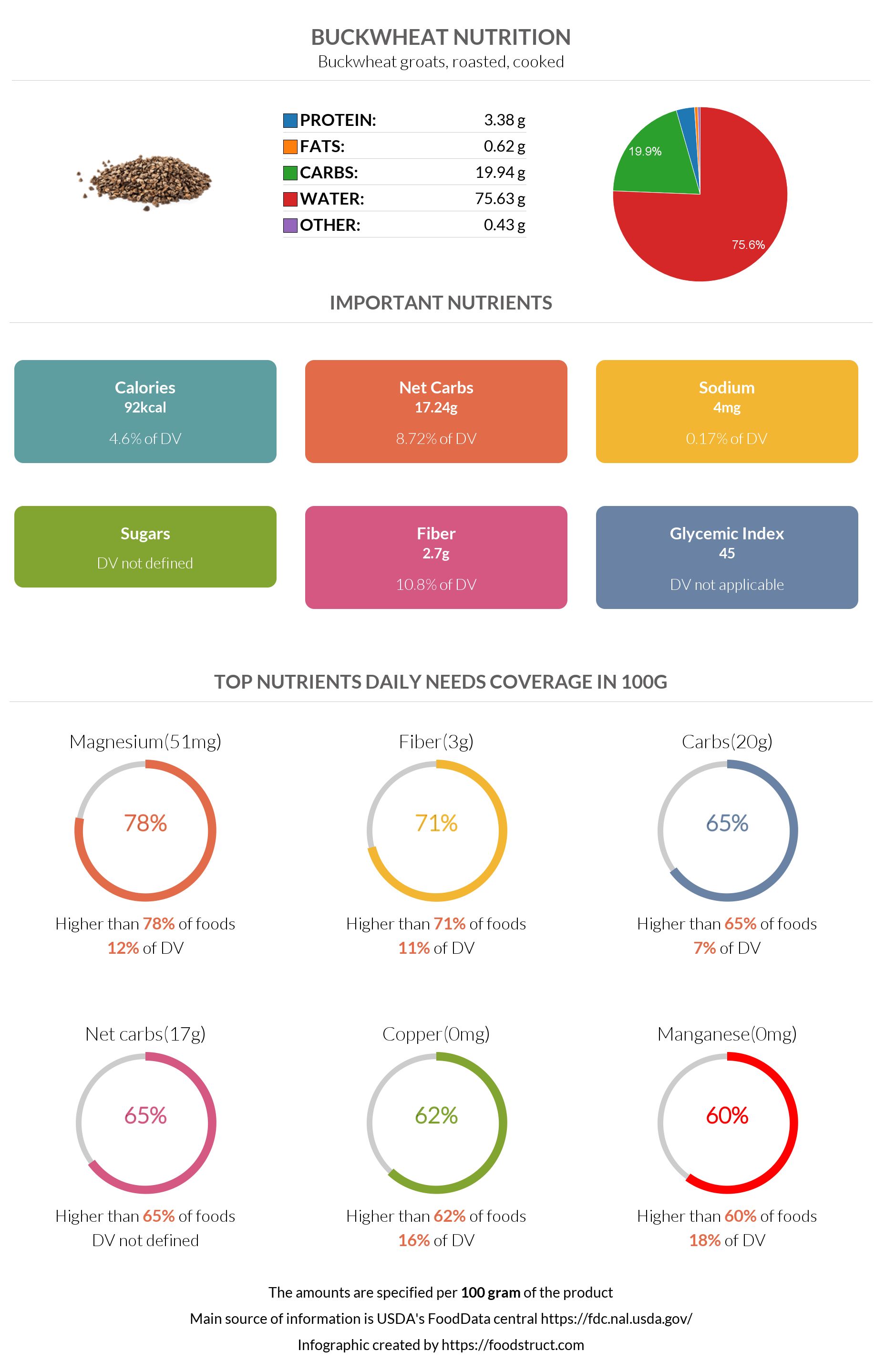
Buckwheat nutrition, glycemic index, calories and serving size
Glycemic Index Chart for the foods we eat | Low glycemic foods, Nutrition, High glycemic foods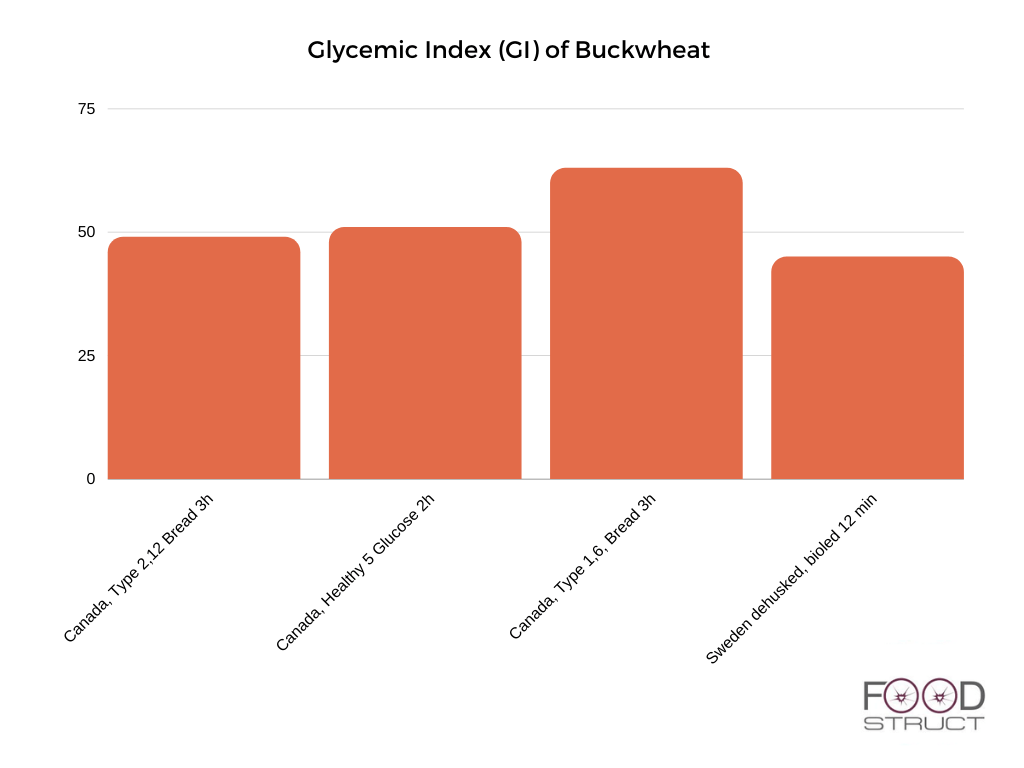
Buckwheat nutrition, glycemic index, calories and serving size
Glycemic Index Food Chart Unfolded Cherries Glycemic Index Chart | Food charts, Low glycemic index foods, Glycemic index
Groats - source of health | Lepiej Biegać
PDF) Glycemic index and glycemic load in preventive cardiology – the state of knowledge, selected controversies
Glycemic Index food And Weight Loss - Indian Weight Loss Blog
Establishing a Table of Glycemic Index Values for Common Korean Foods and an Evaluation of the Dietary Glycemic Index among the Korean Adult Population
Benefits to Barley and Buckwheat? The Low Glycemic Index Diet - Dr Sue
Glycemic index food list | stivbelb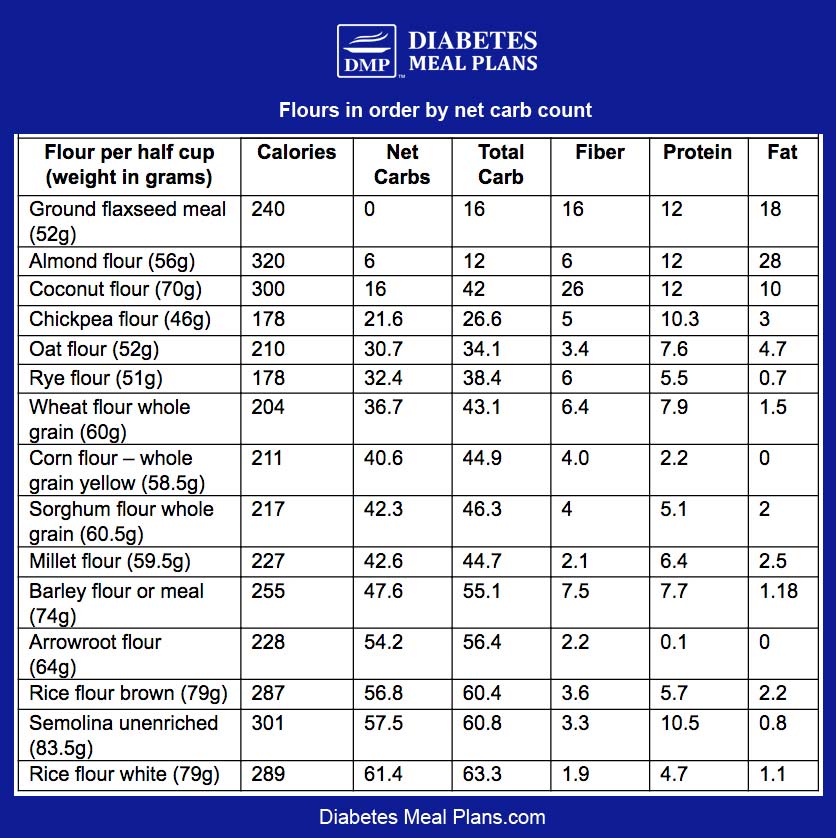
Best Flour To Use If You're Diabetic?
Major food items contributing to dietary glycemic index (DGI) | Download Table
Glycemic Index(GI) - What is it, and why do you follow it. – Sorted. Delicatessen
Best Bread For People With Diabetes - TheDiabetesCouncil.com
Glycemic Index + Blood Glucose | thenutritiondr
High Glycemic Fruits | Versatile Vegetarian Kitchen: What is Glycemic Index? | What is glycemic index, Puffed wheat, Cream of wheat
Why low glycemic index foods are one secret ingredient for health
Printable List Of Low Glycemic Index Foods in 2020 | Low glycemic index foods, Glycemic index, Glycemic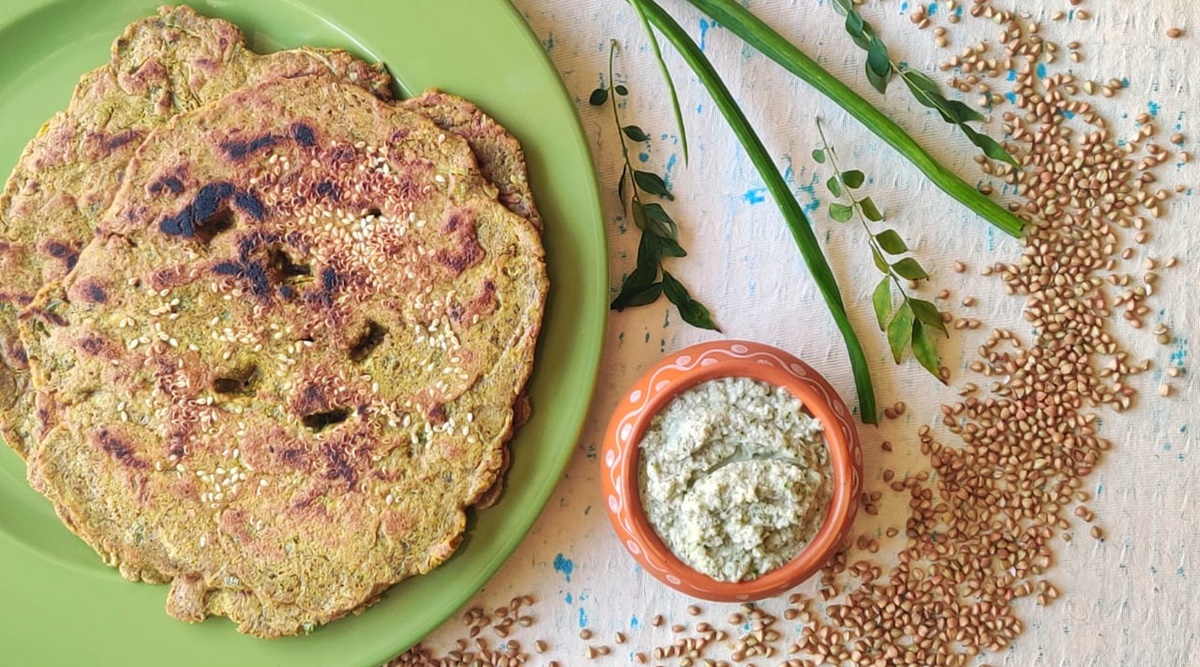
Buckwheat thaalipeeth: Your healthy low glycemic index vegan meal option is here | Lifestyle News,The Indian Express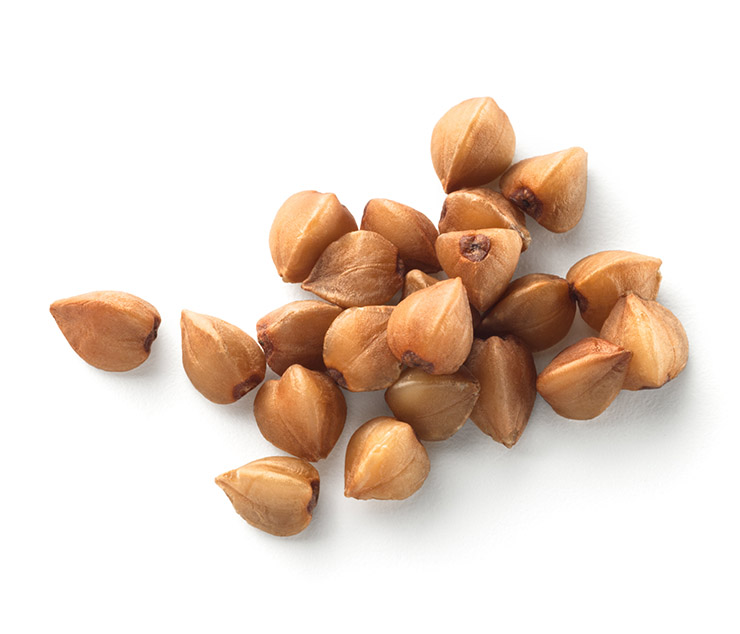
low glycemic index Archives - Foods with Judes
A list of healthy low glycemic whole grains such as barley, black rice, bulgur, buckwheat, oats, quinoa, and wild… | Whole grain foods, Healthy grains, Low gi foods
Buckwheat Flour - an overview | ScienceDirect Topics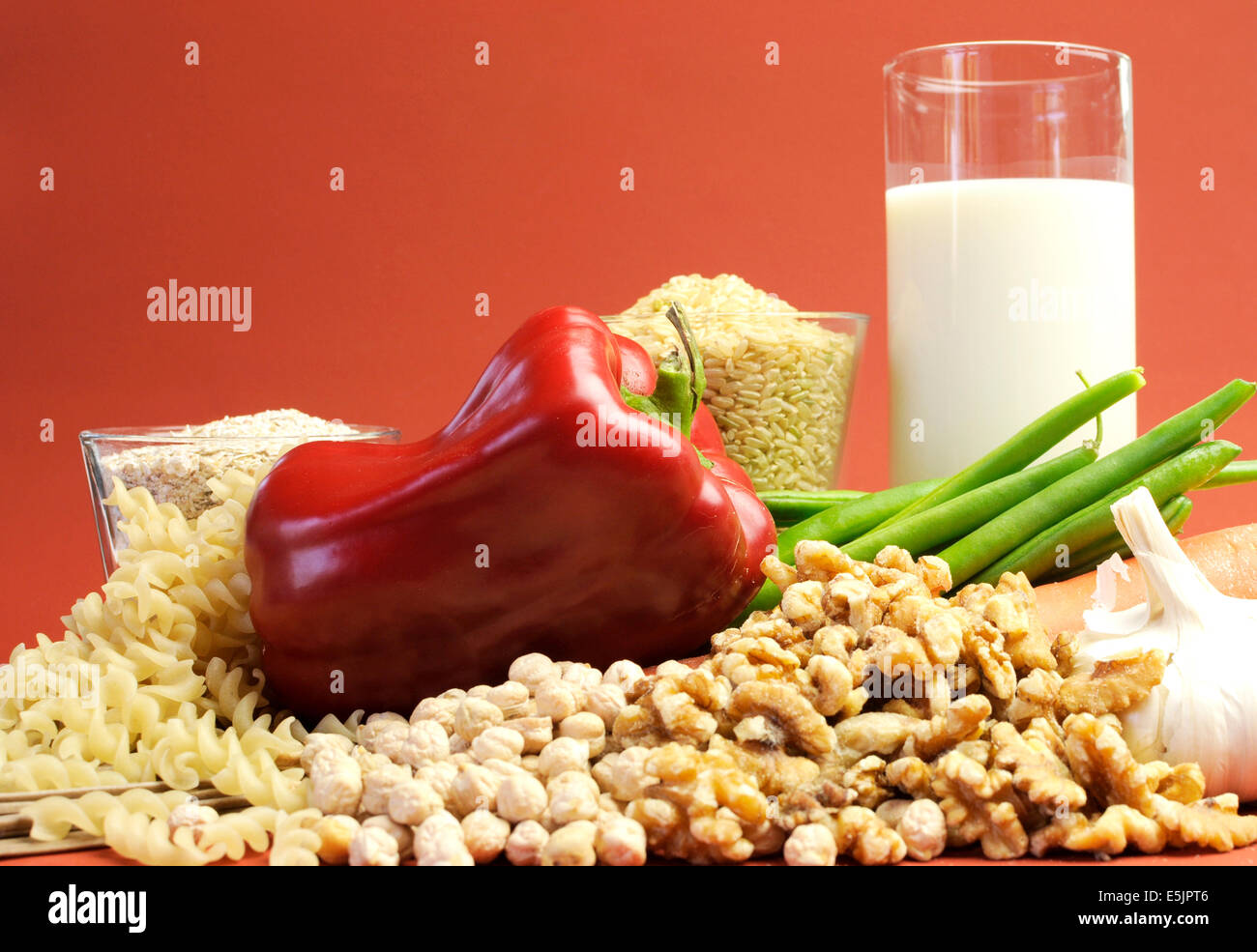
Low GI glycemic index foods - milk, brown rice, buckwheat, green Stock Photo - Alamy
Buckwheat 101: Nutrition Facts and Health Benefits
Low Glyemic Diet — Kempz
130 Printable Receipts ideas | gluten free food list, receipt template, foods with gluten
The Superfood That Is Perfect for Athletes, Exercise Lovers, And Reall – Foodnerd
Glycemic Index Of Indian Foods,Glycemic Index Of Indian Foods, GI Food Guide, GI Food List - YouTube
 Glycemic Index Foods | Buckwheat for your health
Glycemic Index Foods | Buckwheat for your health
/buckwheat_annotated-3105354a57d34e09aa45bc1db99c6575.jpg)



.jpg)































Posting Komentar untuk "glycemic index of buckwheat"